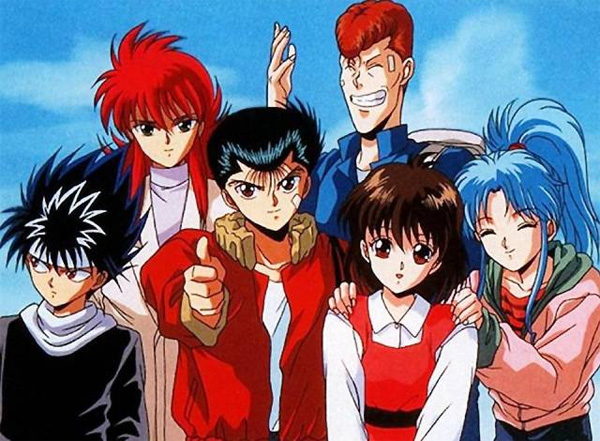Anime is not cartoon.
Ever since Japanese animation (also known as anime) crossed continents and became popular with generations of American viewers, there's been hot contention about the differences between anime and cartoon.
How an anime is different from a regular cartoon? Here are the top 5 major differences.
5. Different Terminology

While "anime" in Japan refers to all animated productions, English dictionaries define the word as Japanese style of motion picture animation.
The word anime is said to have been derived from the French term dessin animé while others claim that it was used as an abbreviation during the late 1970s.
The word "Japanimation" was also in vogue in the 70s and 80s and referred to anime produced in Japan.
Cartoon, on the other hand, was initially used as a model or study for a painting.
Derived from the word "karton" meaning strong or heavy paper, these were depicted by great artists like Leonardo da Vinci and gained appreciation in their own right.
Over the turn of the centuries, the term cartoon was distanced from its original meaning and used excessively to define a humor picture with a caption or a dialogue.
4. Different History
The first cartoon is said to have been produced in 1499.
It depicted the pope, the holy roman emperor and the kings of France and England playing a game of cards.
Since then, many humorists and satirists have been known to produce cartoon strips for the general audience.
Even today, one can find archives of old cartoon strips and newly published cartoon on the web.
Anime has a very recent history as compared to a cartoon.
In 1937 the United States of America was introduced to Snow White and the Seven Dwarfs though the first anime to be released was Momotaro's Divine Sea Warriors’ in Japan in 1945.
Since then, there has been no looking back and with each passing year, anime has become a profitable venture for many TV & film producers.
3. Different Subject Matter
Cartoons are usually intended to induce laughter; thus revolve around humorous concepts.
There are some cartoons in the market that are educational in nature whilst retaining their amusing qualities that are generally targeted towards toddlers and kids.
Anime don't always follow a general concept.
Their stories can range from pirate attacks to humorous adventures to tales of samurai.
The majority of anime movies and shows differentiate themselves from their American counterparts by creating a plot that stays in place through out the entire series, showing viewers morals and a certain level of complexity.
In short, Anime is aimed at people with longer attention spans who like to see a plot unravel over multiple episodes.
2. Different Animation Techniques
Anime and cartoons both use traditional animation production processes of storyboarding, voice acting, character design and cel production.
Anime is often considered a form of limited animation i.e. common parts are re-used between frames instead of drawing each frame.
This fools the eye into thinking there is more movement than there is, and lowers production costs becase fewer frames need to be drawn.
Anime scenes place an emphasis on achieving three-dimensional views. Backgrounds depict the scenes' atmosphere.
For example, anime often puts emphasis on changing seasons, as can be seen in numerous anime.
1. Different Visual Characteristics
Anime illustrations are known to be exaggerated as far as physical features are concerned.
Usually, one can differentiate anime from a cartoon by observing the physical traits of the characters.
Anime characters include "large eyes, big hair and elongated limbs" and "dramatically shaped speech bubbles, speed lines and onomatopoeic, exclamatory typography."
Cartoons, however, approximate reality a little more and carry traces of day-to-day life in them.
Striking resemblances to humans can be spotted in various cartoons.
However, cartoon characters are still caricatures, so they often diverge from reality.
Facial expressions for anime characters are often different in form than their counterparts in cartoon.
For example, Embarrassed or stressed characters produce a massive sweat-drop (which has become one of the most widely recognized motifs of conventional anime).
Characters that are shocked or surprised perform a "face fault", in which they display an extremely exaggerated expression.
Angry characters may exhibit a "vein" or "stress mark" effect, where lines representing bulging veins will appear on their forehead.
Angry women will sometimes summon a mallet from nowhere and strike another character with it, mainly for comic relief.
Male characters will develop a bloody nose around their female love interests, typically to indicate arousal.
Characters who want to childishly taunt someone may pull an "akanbe" face by pulling an eyelid down with a finger to expose the red underside.
So, don't call anime cartoon again, thank you guys.
(source: diffen)
